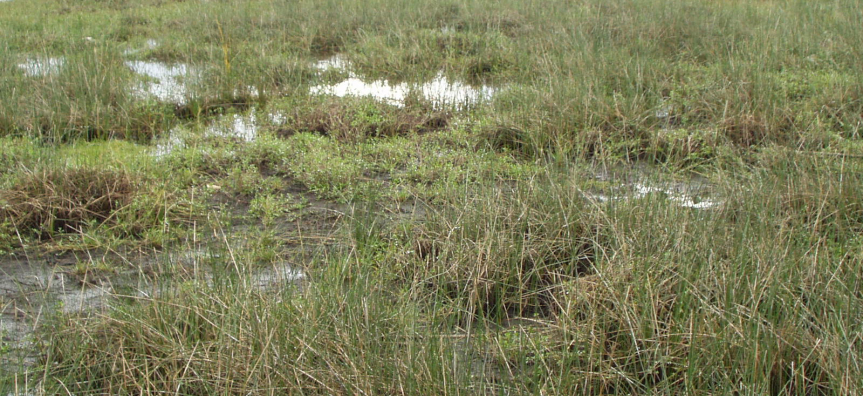
Coastal Saltmarsh occurs in the intertidal zone on the shores of estuaries and lagoons that are permanently and intermittently open to the sea. Saltmarsh occupies the high tide zone on sheltered foreshores and species composition will vary depending on the elevation and frequency of inundation. As with mangroves, coastal saltmarsh have historically been undervalued and considered by many to be boggy swamps and wastelands and as a result many have been drained, reclaimed, become degraded or completely lost.
Coastal Saltmarsh provides four very important and basic roles; provides habitat, provides food, acts a a buffer and filter of nutrients and is a carbon sink. Saltmarsh provides habitat and shelter for fish, juveniles and smaller fish species, especially when inundated. These areas also provide habitat for many other fauna species including, birds, bats and aquatic and terrestrial insects and invertebrates. They can also provide an important summer feeding and roosting area for migratory wader birds.
Some of the plant species found in Coastal saltmarsh include; Baumea juncea (bare twig-rush), Juncus kraussii (sea rush), Sporobolus virginicus (marine couch), Ficinia nodosa (knobby club-rush), Somolus repens (creeping brookweed), swamp weed, Suaeda australis (austral seablite) and Zoysia macrantha (prickly couch).
You can find this community at, Dee Why Lagoon Wildlife Refuge, Winnererremy Bay, Careel Bay, Refuge Cove, Saltpan Cove and Winji Jimmi.
